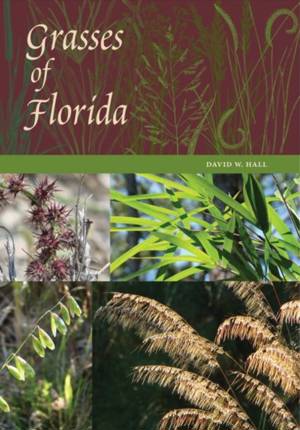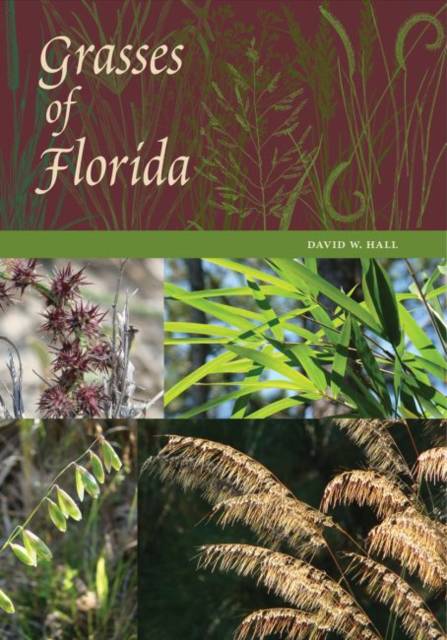
- Afhalen na 1 uur in een winkel met voorraad
- Gratis thuislevering in België vanaf € 30
- Ruim aanbod met 7 miljoen producten
- Afhalen na 1 uur in een winkel met voorraad
- Gratis thuislevering in België vanaf € 30
- Ruim aanbod met 7 miljoen producten
Zoeken
Omschrijving
Grasses are the fourth-largest family of flowering plants worldwide. In Florida, grasses occur in every habitat and are the dominant ground cover across many regions. Grasses of Florida is the first complete systematic account of the grasses that occur in the wild throughout the state. David Hall presents taxonomic descriptions of 118 genera and 463 species of the grass family, classified scientifically as Poaceae. Supplemented by over 500 illustrations, these accounts feature details on grass habitats, distribution both in-state and worldwide, frequencies of occurrence, and months of flowering. Descriptions of subfamilies and a key to the tribes of Florida grasses are also provided. Additionally, Hall explains the geographic variations within Florida and the ways the state's soil and topography foster its great diversity of vegetation. He lists the major habitats referenced throughout the book, from pine flatwoods to coastal marshes to prairies, and the types of plants associated with each. A helpful section on morphology breaks down the structure of grass plants, highlighting their complexity and variety. The up-to-date information in this book is necessary knowledge for anyone involved in agricultural and livestock production, weed control, erosion management, aesthetic landscaping, or conservation of Florida's native plant communities. Due to the extensive uses and tremendous diversity of grasses, this book is an essential identification guide.
Specificaties
Betrokkenen
- Auteur(s):
- Uitgeverij:
Inhoud
- Aantal bladzijden:
- 368
- Taal:
- Engels
Eigenschappen
- Productcode (EAN):
- 9780813056050
- Verschijningsdatum:
- 8/01/2019
- Uitvoering:
- Hardcover
- Formaat:
- Genaaid
- Afmetingen:
- 185 mm x 257 mm
- Gewicht:
- 816 g

Alleen bij Standaard Boekhandel
+ 244 punten op je klantenkaart van Standaard Boekhandel
Beoordelingen
We publiceren alleen reviews die voldoen aan de voorwaarden voor reviews. Bekijk onze voorwaarden voor reviews.











